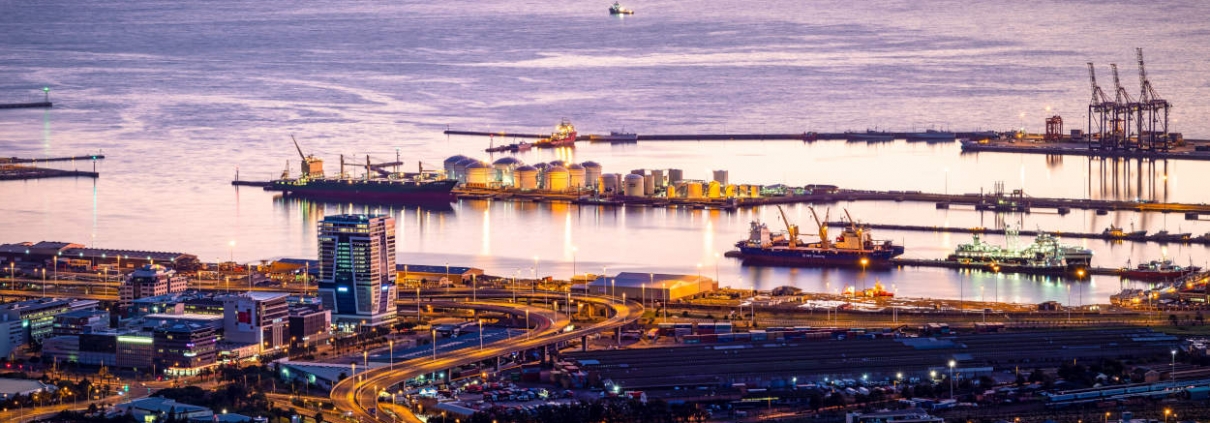Working at water is a struggle with the elements. What are the challenges for ports? And how can IOT help to create smart ports?
Challenges for ports:
- High maintenance costs
- Measurement problems because of:
- Interference
- Non-communicating system
- Security
- Dust, heat, fog, ice,…
- No control, no efficiency
- Security of legacy systems
Working at water is a struggle with the elements: water, wind, dust, heat, pressure. So, you want to know if:
- pipelines are going to leak before they are actually leaking.
- That cables are beginning to wear out. That the oil level is still on the right level.
- That you can act when dust or smear are blocking lenses.
With IoT, you can predict and prevent equipment failure by monitoring product wear and replacement rates. As such, you improve the reliability of your assets and reduce downtime. And if you recognize little faults, you can solve them easily before they have become big and expensive problems.
Systems don’t communicate
Besides, most applications in a port environment are working, but do not communicate with each other. With our IoT solutions, you can monitor and control all your processes at the same time in 1 dashboard.
Optimize your just-in-time management
Meanwhile, you can optimize your just-in-time management as well. In the coming years, water transport will increase. On the other hand, the possibilities of a port to largen are most of times limited. To deal with the increasing pressure op ports and thus stay in a healthy competition, water transport needs to optimize the use of their equipment as efficient as possible. Like which ship can enter the port, the just-in-time allocation of ships to cranes, where a truck is already waiting to carry the load of the ship elsewhere.
Secure your assets and your load
Security has long time being disregarded, but is becoming one of the more important issues in Smart Water. And with reason: think about hacks on harbor terminals.




Leave a Reply
Want to join the discussion?Feel free to contribute!